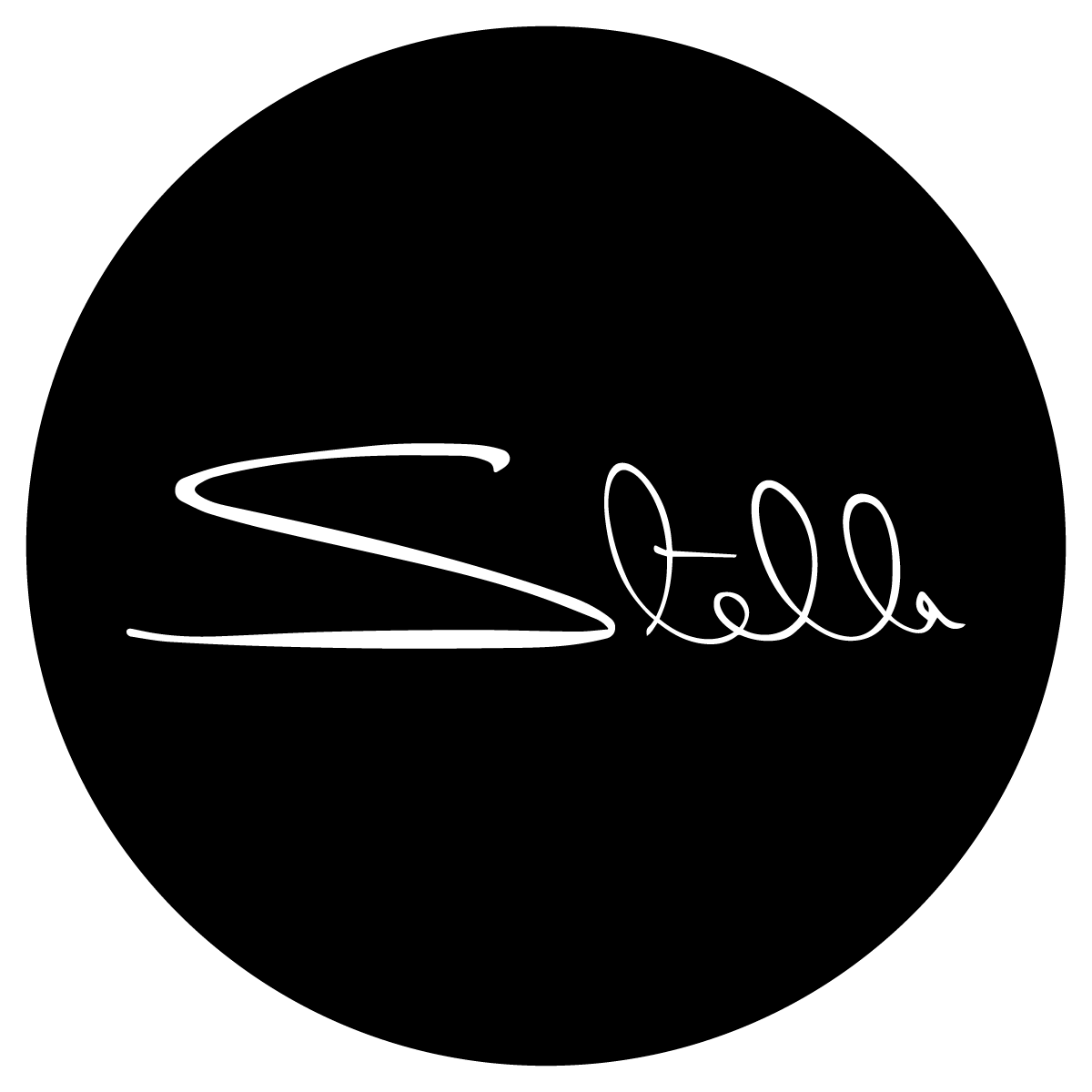Diane Arbus photographed in 1949
Each month I choose to feature an influential female photographer. This month it is the turn of Diane Arbus – one of the most original and influential artists of the twentieth century.
Arbus photographed a wide range of subjects including strippers, carnival performers, nudists, people with dwarfism, children, mothers, couples, elderly people, and middle class families. Depicting the postwar American social sphere to show the compelling story of the world around her from her and her cameras perspective.
The portrait of Diane Arbus above was taken in 1949 and shows her with her twin-lens Rollieflex camera which produced 6x6 (2.25in) square negatives. Each roll of film has12 exposures.
Equipped with a 55mm f/4 Zeiss lens in order to magnify the sense of unease so prevalent in her portraits.
Statue of Diane Arbus in Central Park 2021-2022
Gillian Wearing a British born artist from Birmingham crafted a bronze statue of Diane Arbus, who took many of her best-known images in Central Park. Wearing’s statue draws attention to the fact that few women are represented in this way, and even fewer visual artists. Presented at street level without a base. Diane stands naturally as if surveying her subjects and wearing clothes she felt most comfortable in. The statue was presented by Public Art Fund and stood in Doris C. Freedman Plaza in Central Park in New York City from October 2021 until August 14, 2022.
The plaque by Diane Arbus’s lifesize statue
In January I’ll be featuring the work of Eve Arnold an American Photojournalist 1912 - 2012.
Thanks for reading














